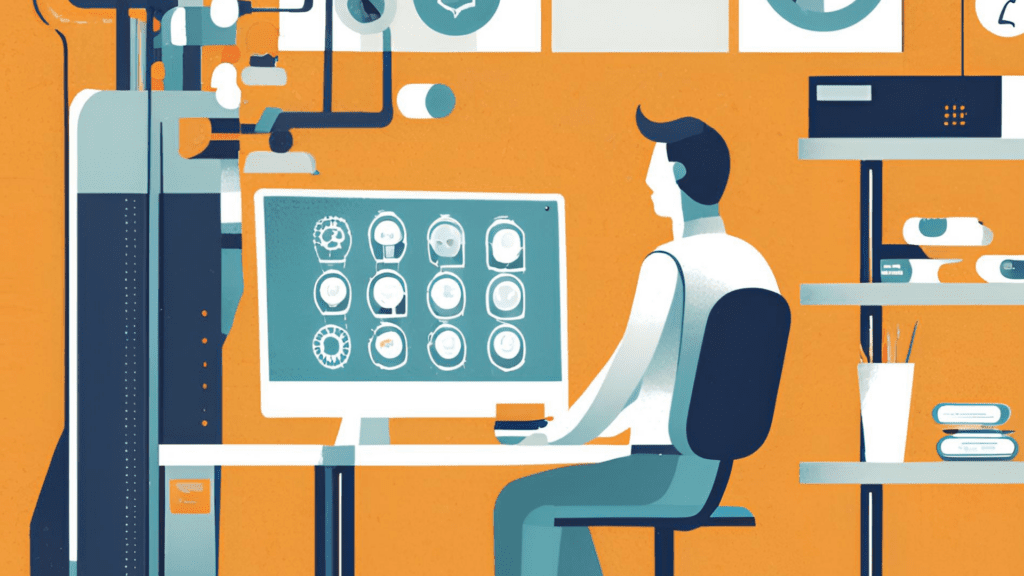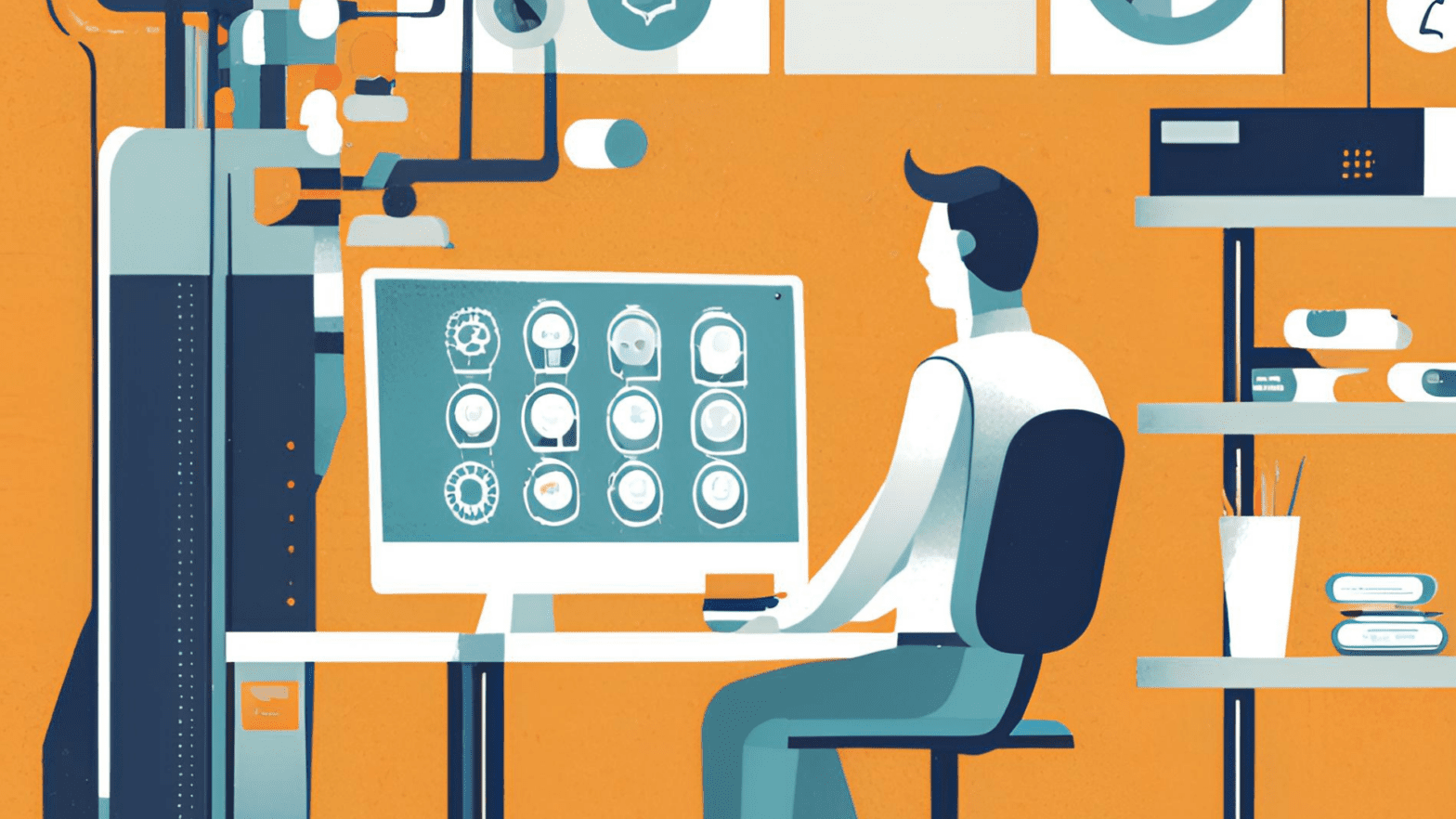In the world of business, procurement is a vital function that ensures smooth organizational operation. It involves sourcing, purchasing, and managing goods and services essential for a company’s success.
With the advent of technology, procurement has evolved into a streamlined, efficient process through automation.
This article provides a comprehensive glossary of procurement terms, particularly focusing on procurement automation, to help small companies without dedicated procurement departments understand this essential aspect of operations.
Understanding procurement and its related terms is essential for any business, regardless of its size.
Informed decision-making, cost reduction, efficiency improvement, and business growth depend on a solid grasp of procurement. Let’s dive into key terms and concepts that define procurement automation.

Procurement Automation
Procurement automation refers to the use of technology to streamline procurement activities and processes.
It leverages automation tools and procurement software solutions to manage and automate tasks such as purchase requisition, supplier management, invoice processing, and contract management, reducing manual tasks and the risk of human error.
For small businesses, procurement automation can significantly improve operational efficiency and minimize manual intervention across processes, allowing teams to focus on strategic tasks.
The procurement department can thus achieve cost savings, increased accuracy, and better compliance with regulatory requirements.
Benefits Of Procurement Automation
Automation brings a multitude of benefits to procurement teams, including:
Increased Accuracy in Transactions
Reducing manual errors ensures higher transaction accuracy, lowering the risk of costly errors that often occur in manual procurement processes.
Faster Processing Times
Automation minimizes bottlenecks, such as approval stages and invoice approvals, accelerating cycle times and ensuring timely delivery time of goods.
Optimized Spending Through Analytics
With data-driven insights and real-time visibility into spending patterns, procurement teams can make data-driven decisions to control maverick spending and optimize inventory levels.
Key Features of Procurement Automation
Automation tools offer features that improve procurement workflows, such as:
Purchase Requisitions
Enables efficient purchase order creation and approval processes with predefined approval workflows for better approval routing and minimized approval bottlenecks.
Sourcing Automation
Streamlines supplier selection and evaluation by providing a centralized platform to assess supplier quotes, reducing manual processing in sourcing and negotiation.
Contract Management
Digital contract management tools automate the process of drafting, reviewing, and storing contracts, reducing administrative overhead and ensuring contract compliance with regulatory requirements.
Invoice Processing
Automates manual invoice management, accounts payable, and payment cycles helping prevent double payments and reducing payment delays through payment gateways and automated systems.
Technologies Driving Procurement Automation
Procurement automation relies on several advanced technologies:
Cloud-Based Solutions
Cloud-based procurement automation software offers a central location for all procurement data, enabling better collaboration with suppliers and easy scalability to meet business requirements.
Electronic Data Interchange (EDI)
EDI enables seamless communication between buyer and supplier systems, improving the accuracy of critical documents and real-time data transfer, vital for smooth supply chain operations.
Data Analytics
Analytics provides actionable insights into procurement data, allowing procurement managers to analyze spending patterns, assess vendor performance, and optimize inventory management.
Challenges in Implementing Procurement Automation
While automation brings numerous advantages, businesses may encounter some challenges:
Resistance to Change
Teams accustomed to manual processes may be hesitant to adopt new technologies, requiring change management strategies and critical thinking.
Integration with Existing Systems
Ensuring compatibility between procurement automation tools and current accounting systems or accounting software can be complex.
Training and Support for Staff
Employees must be trained on digital procurement technologies to ensure seamless adoption, particularly when manual tasks are replaced with automated processes.
Steps To Successfully Automate Procurement
To achieve the full benefits of procurement automation, follow these steps:
Evaluating Automation Needs
Analyze current processes and identify candidates for automation by assessing the cost of ownership and business-critical activities that would benefit from efficiency improvements.
Selecting the Right Tools
Choose procurement automation solutions that align with business objectives, offering capabilities like vendor selection, purchase requisitions, and compliance.
Developing An Implementation Plan
Create a detailed plan that includes training and onboarding staff, integration with existing systems, and process automation steps.
Training and Onboarding Staff
Provide necessary training to procurement professionals to ensure they understand automation tools and feel confident managing automated procurement systems.
Future Trends In Procurement Automation
The future of procurement automation looks promising, with the following trends poised to reshape procurement operations:
AI And Machine Learning In Procurement
Artificial intelligence (AI) and machine learning will enable smarter decision-making, allowing for predictive analytics and advanced technology in vendor management and contract negotiations.
The Role Of Blockchain Technology
Blockchain can enhance contract compliance, prevent market risks, and offer real-time visibility across the entire supply chain.
Evolving Vendor Relationships
Automation tools will further empower supplier relationship management by improving vendor performance, supplier onboarding, and collaboration with suppliers through transparent and centralized locations.
Conclusion
In today’s fast-paced business environment, procurement automation plays a pivotal role in achieving operational excellence and aligning procurement goals with business goals. From cost reduction and procurement efficiency to managing procurement risks, the advantages of procurement automation are undeniable. This glossary has provided a deep insight into the core aspects of procurement automation, giving small companies without a procurement department the knowledge to make informed, strategic decisions.
With the right tools and a well-planned adoption process, businesses can streamline entire procurement processes, reduce manual workloads, and drive business growth. Embrace the automation journey to revolutionize your procurement lifecycle and achieve sustainable success in your procurement function.
